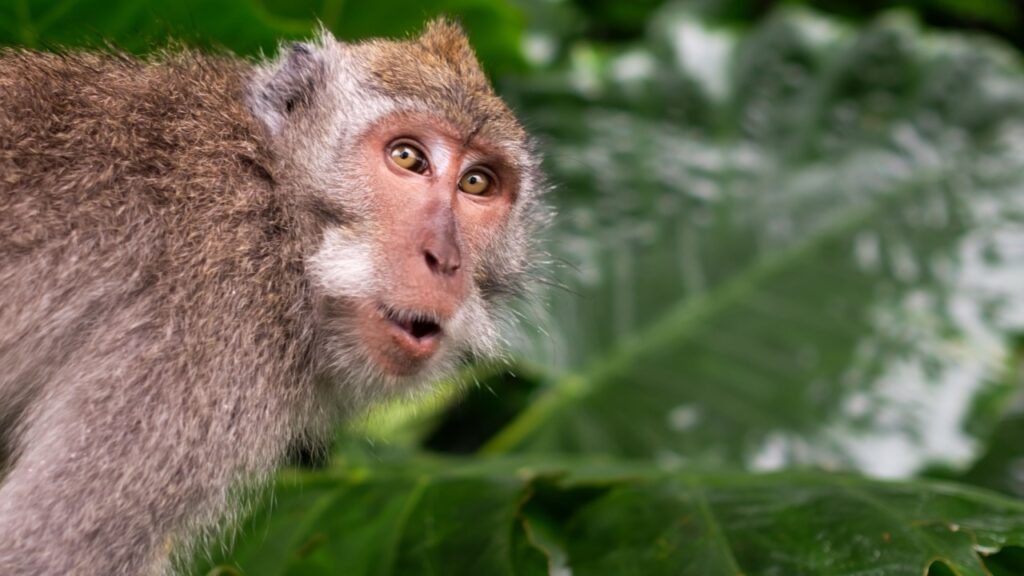Animals never cease to amaze us with their peculiar habits and traits. Whether it’s the silent hum of a giraffe or the empathetic nature of elephants, the animal kingdom is full of surprises. Let’s dive into 20 fascinating facts that highlight the unique behaviors and characteristics of some of the world’s most interesting animals, each accompanied by an additional insight to pique your curiosity further.
1. Giraffes Can Hum

Contrary to the old belief that their long necks kept them silent, giraffes have a special way of communicating. Scientists discovered that they hum in the night, a low-frequency sound that may be a way to keep the herd in contact in the darkness. This discovery at the University of Vienna has opened new doors to understanding how these majestic animals interact.
2. Platypuses Hunt Blind
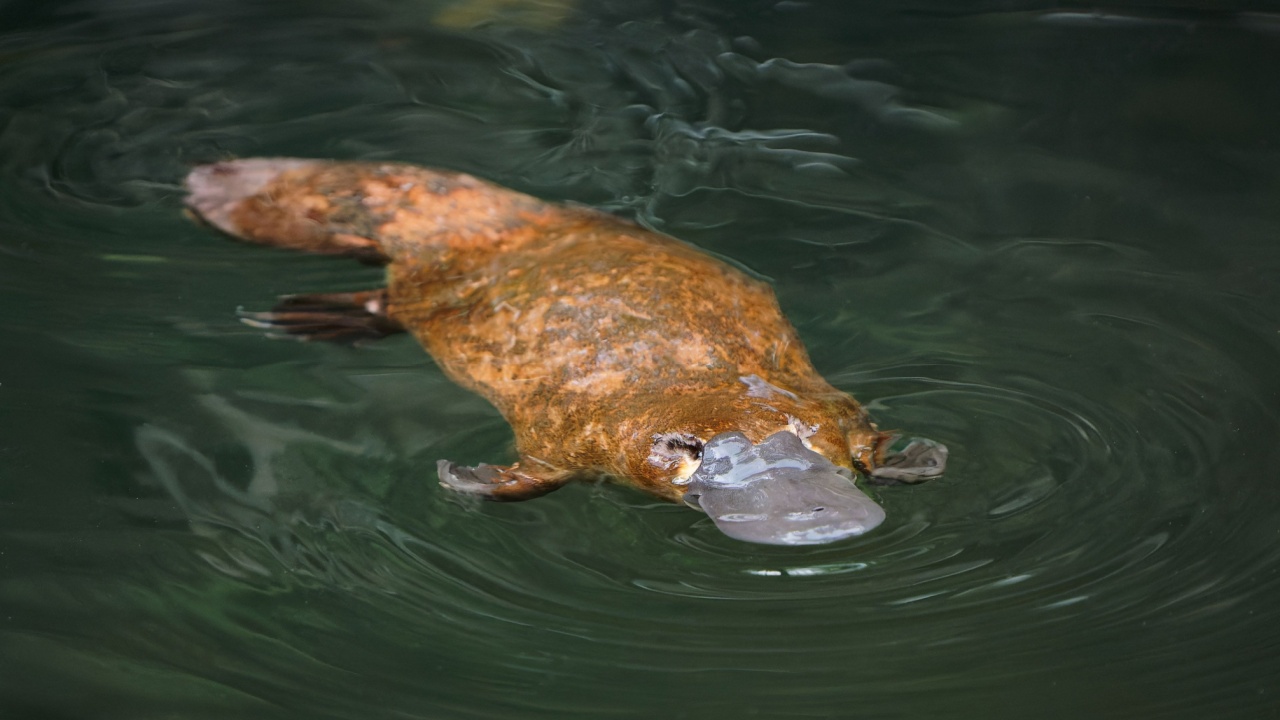
The platypus, an oddity of nature, hunts with its eyes shut. It relies on its sensitive snout to navigate and find food, a skill that demonstrates the incredible adaptability of animals to their environments. This electroreception allows them to detect their prey in complete darkness underwater.
3. Sloths Take Their Time with Meals

Sloths digest their food at an incredibly slow pace, sometimes taking a month for one meal. Their slow metabolism is perfectly suited to their energy-conserving lifestyle, allowing them to thrive on a diet of leaves that are hard to digest and low in nutrients.
4. The Unique Courtship of Giant Pandas
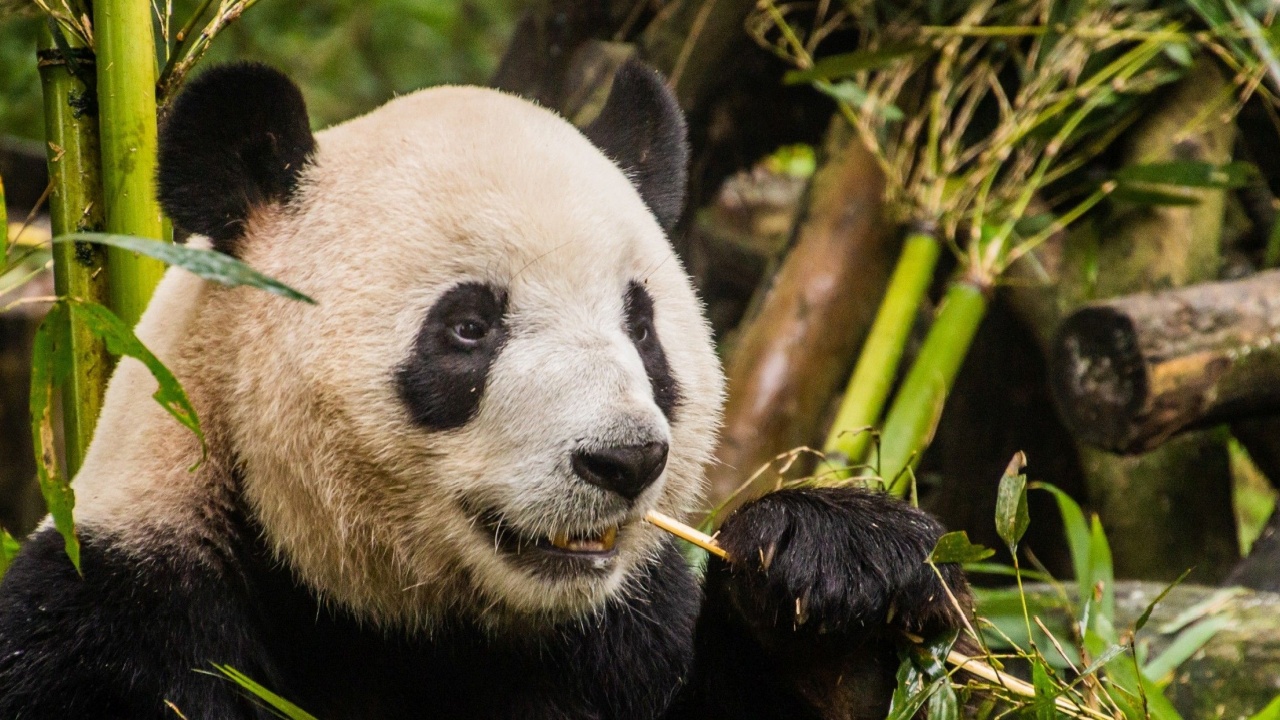
Giant pandas have a rare mating ritual, highlighting the complexities of love in the wild. Their selective mating process in their natural habitat underscores the challenges conservationists face in encouraging breeding in captivity. This detailed mating dance emphasizes the importance of preserving their natural environments for their survival.
5. Axolotls Remain Eternal Youth
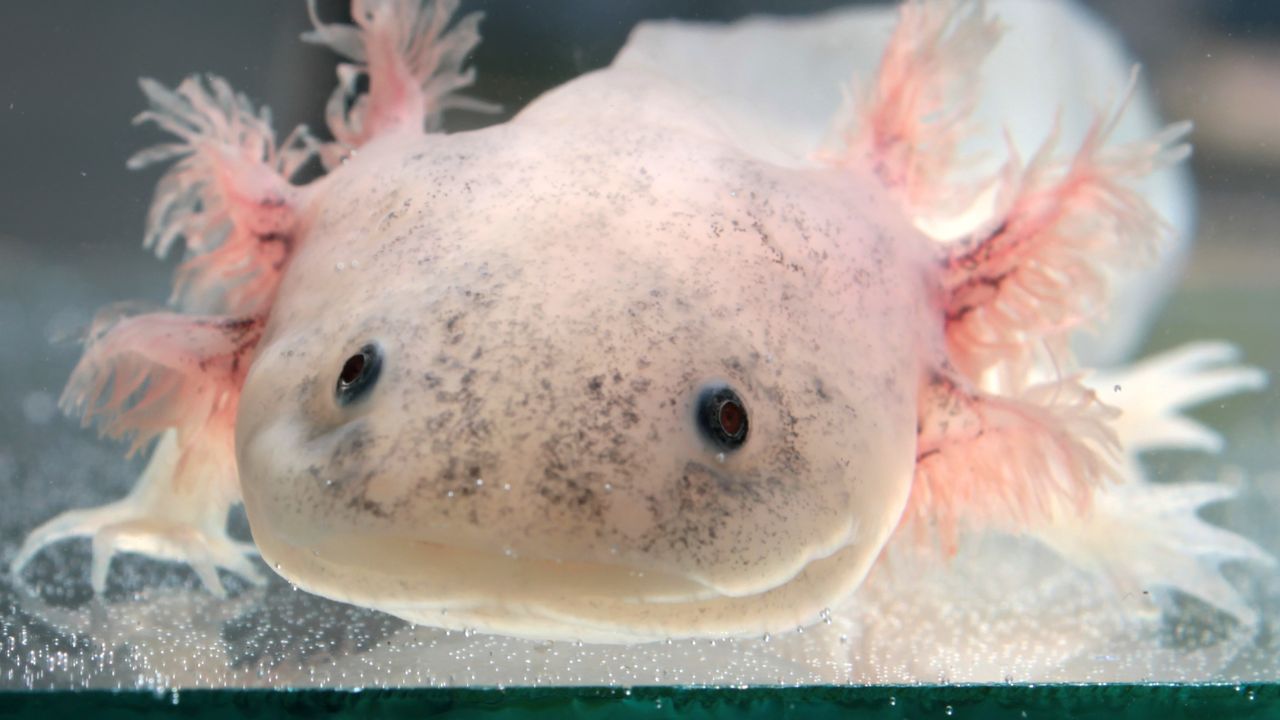
The axolotl, a creature of perpetual youth, rarely undergoes metamorphosis to reach adulthood. This unique amphibian can regenerate lost body parts, making it a key focus of scientific research into human regenerative medicine.
6. Magpies Recognize Themselves
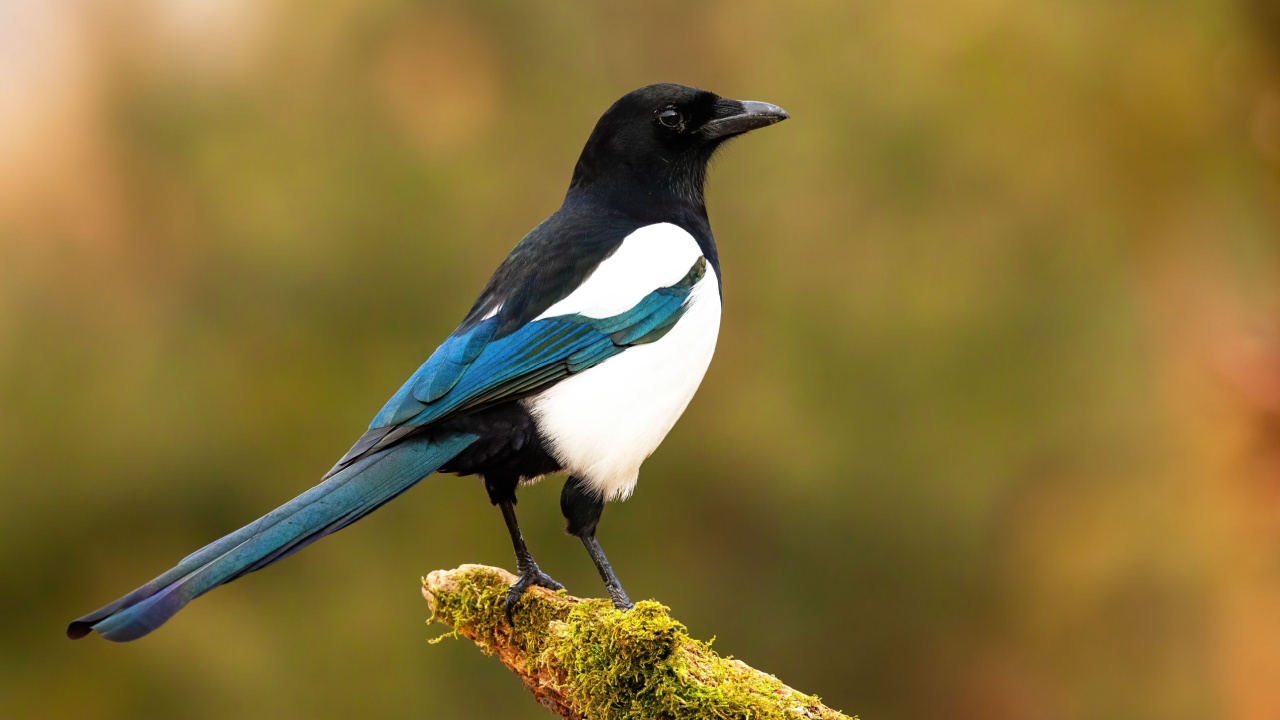
Magpies break the mold by showing self-awareness when placed in front of a mirror. This ability, previously thought unique to humans and some primates, suggests a higher level of cognitive functioning among birds than previously understood.
7. Orangutans as Skilled Builders
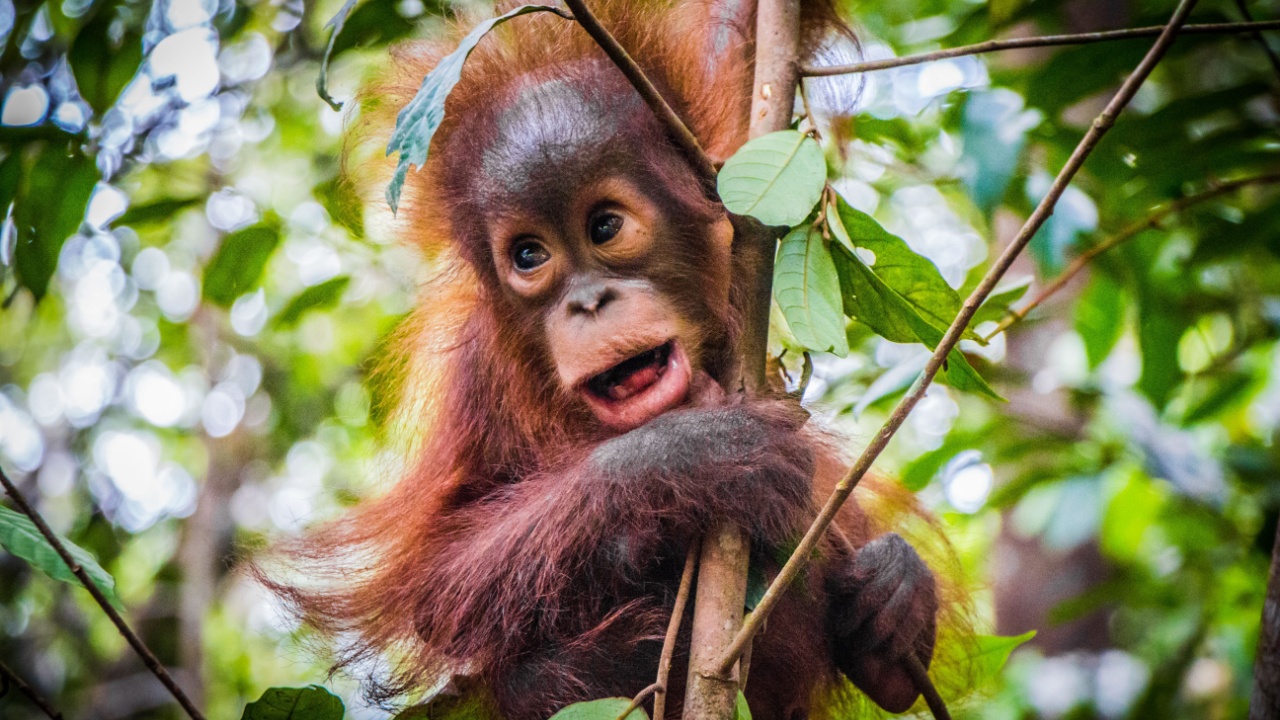
With remarkable intelligence, orangutans craft beds in the treetops, a nightly ritual that ensures their safety and comfort. Their use of tools and construction techniques emphasizes their problem-solving skills and forward planning.
8. Capuchin Monkeys’ Unique Mating Ritual
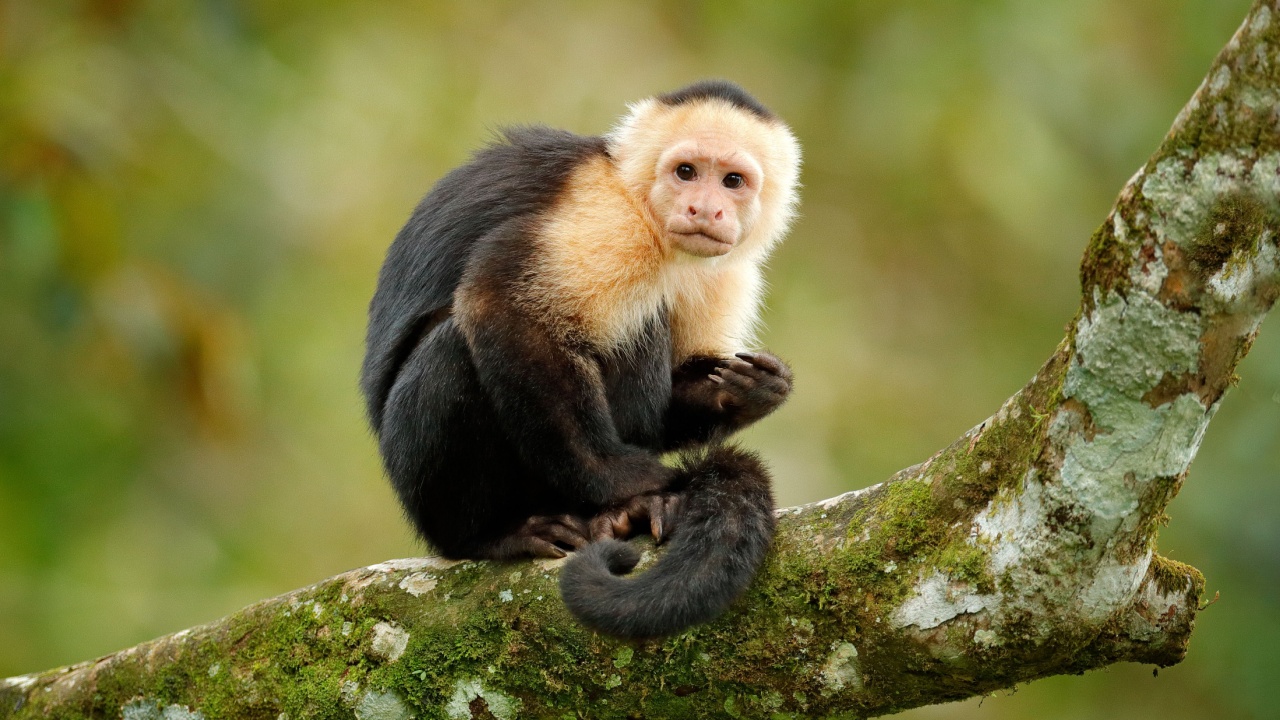
Here is where you will use 2-3 sentences to describe the image/post you want to link them to. This is your excerpt or quick overview for the post. Make sure to include a link at the end (this is how you get traffic) similar to this. To learn more: Link text
9. Elephants’ Emotional Intelligence
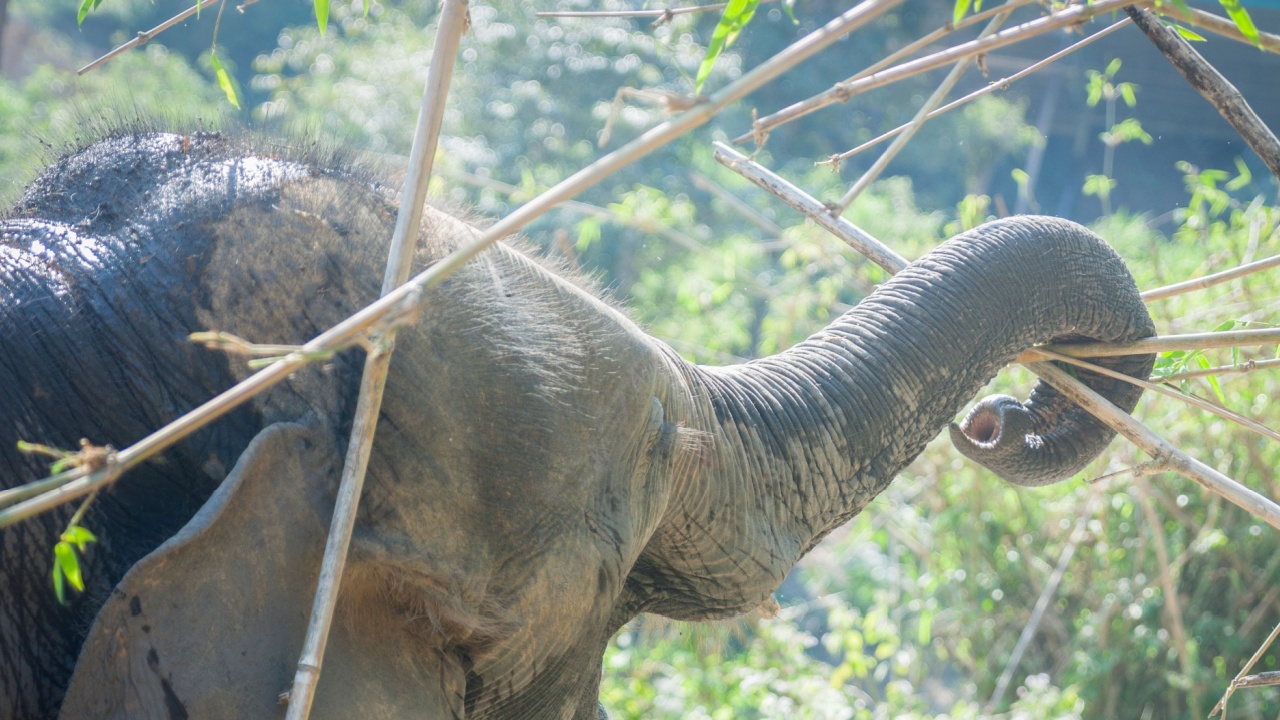
Elephants demonstrate profound empathy, comforting each other in times of stress. Their strong social bonds and emotional depth provide insights into the complex social structures and intelligence of these gentle giants.
10. Otters’ Sleeping Hand-in-Hand
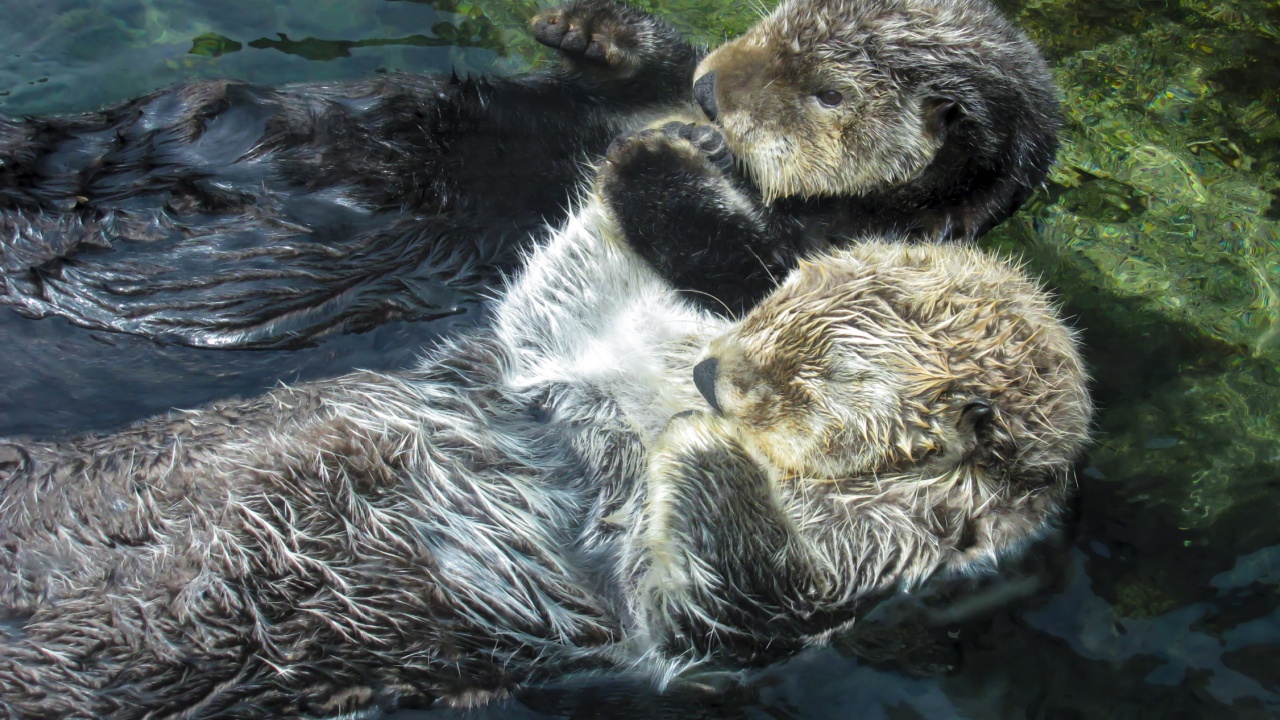
To prevent drifting apart while they sleep, sea otters hold hands, a behavior that exemplifies the strength of their bonds. This adorable survival strategy not only keeps them together but also helps protect against predators during their vulnerable resting hours.
11. The Mystery of Wombat Poop

Scientists are still puzzled by wombats’ cubic feces. The unique shape helps the feces stay in place and mark territory, serving an important role in their communication and social structure.
12. Octopuses’ Aggressive Tactics

Octopuses occasionally punch their fish hunting partners. This surprising behavior may help maintain order within hunting groups or could be a simple act of competition, revealing the complex interactions between marine species.
13. Prairie Dogs’ Greetings

Prairie dogs kiss as a form of recognition and social interaction. This behavior is crucial for maintaining social bonds and identifying members within their tight-knit communities, underscoring the importance of social structures in the animal kingdom.
14. Armadillos’ Identical Offspring

The nine-banded armadillo consistently gives birth to identical quadruplets. This genetic quirk aids in the rapid population growth of armadillos, ensuring genetic consistency across generations.
15. Bats’ Unique Birthing Process

Bats give birth upside down. This method is essential for the survival of the newborns, ensuring they are caught safely and kept warm and fed in their first moments of life.
16. Beluga Whales Experience Menopause
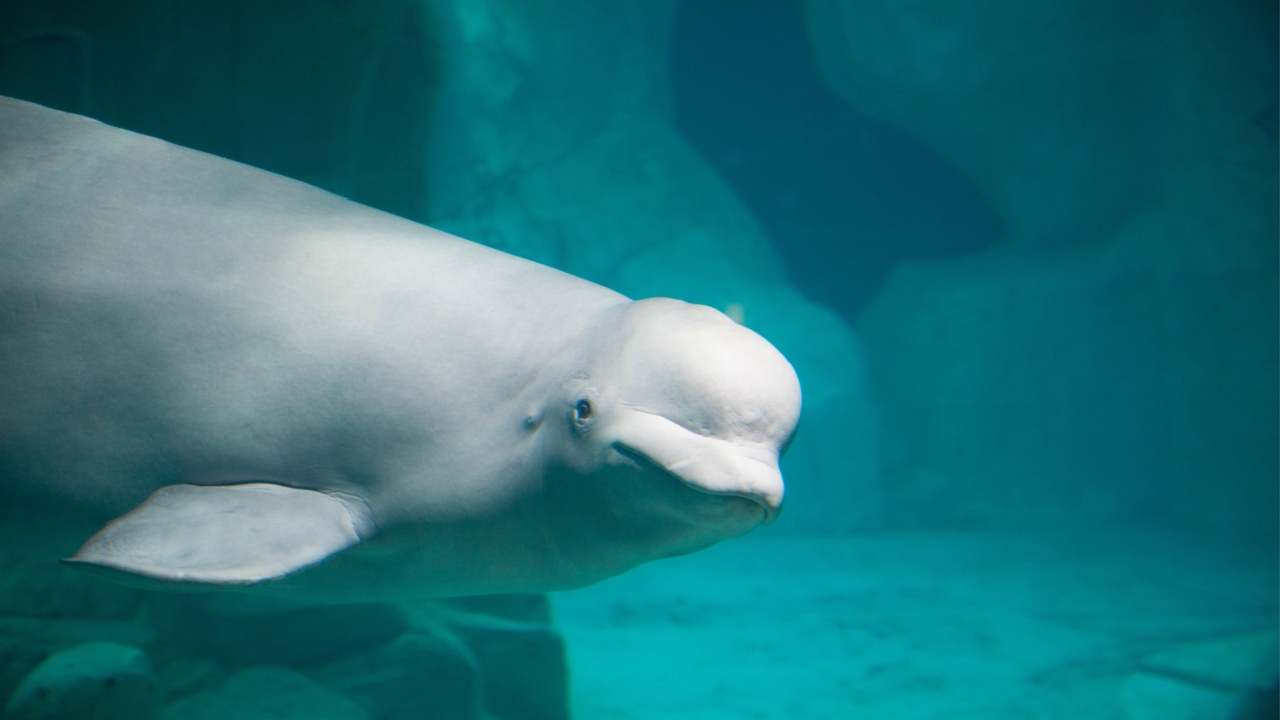
Beluga whales are among the few animals that go through menopause. This rare phenomenon in the animal kingdom suggests a significant evolutionary advantage, possibly related to the leadership and knowledge older females contribute to their pods.
17. The Venomous Bite of Lorises
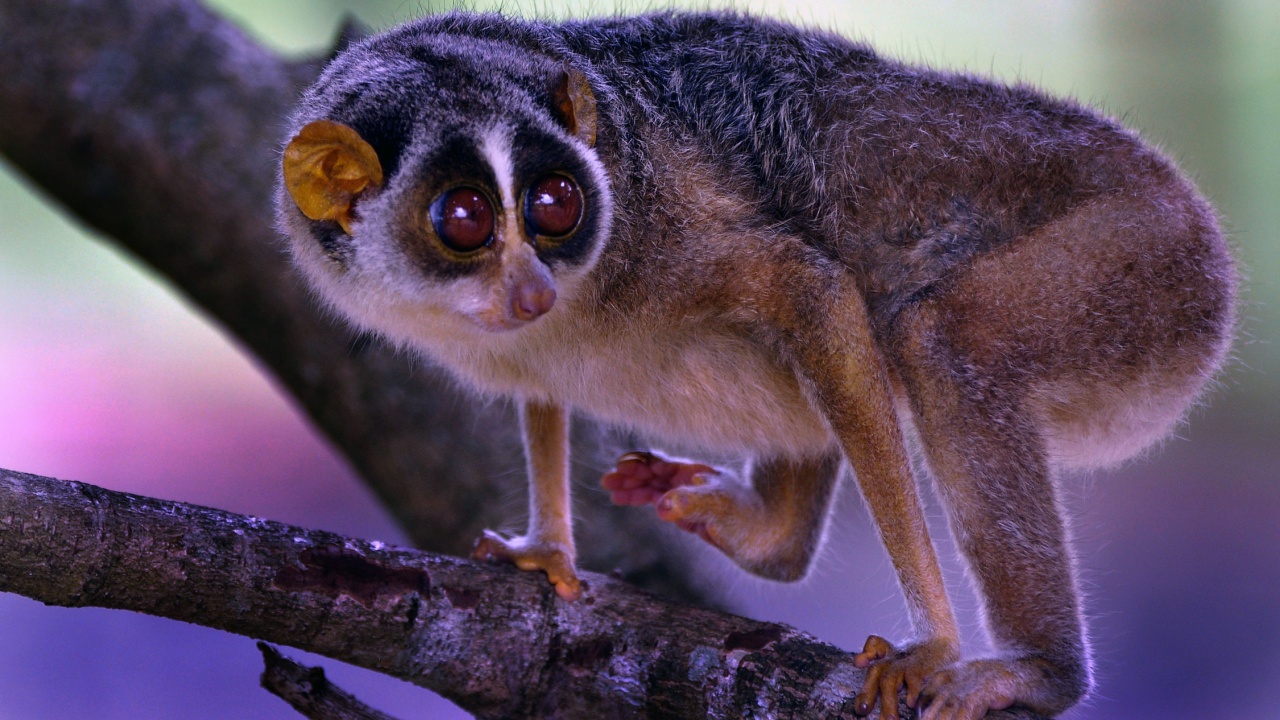
The slow loris, a primate with a toxic bite, reminds us of the diverse defense mechanisms in the animal world. This venom can deter predators and combat competition, showcasing the varied survival strategies among primates.
18. Flamingos’ Upside-Down Feeding
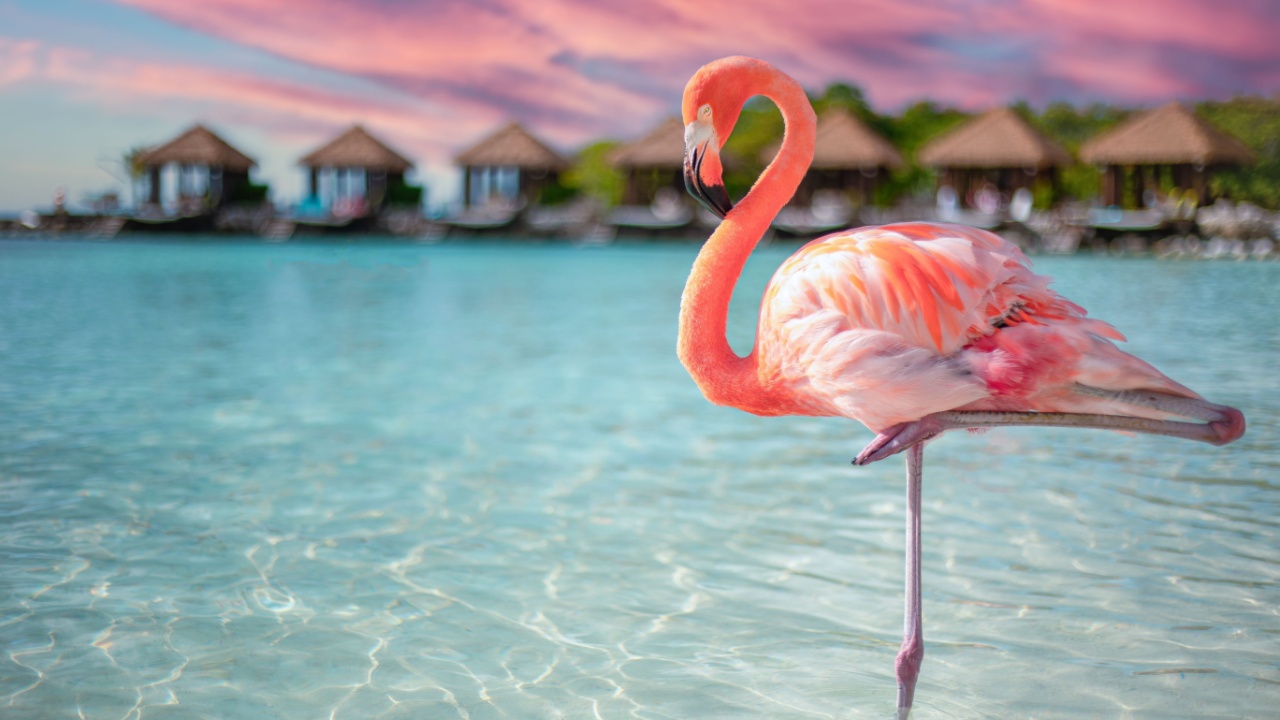
Flamingos feed with their heads turned upside down. This unique feeding posture is perfectly adapted to their specialized beaks, allowing them to filter-feed on tiny organisms in the water.
19. Jellyfish’s Potential Immortality
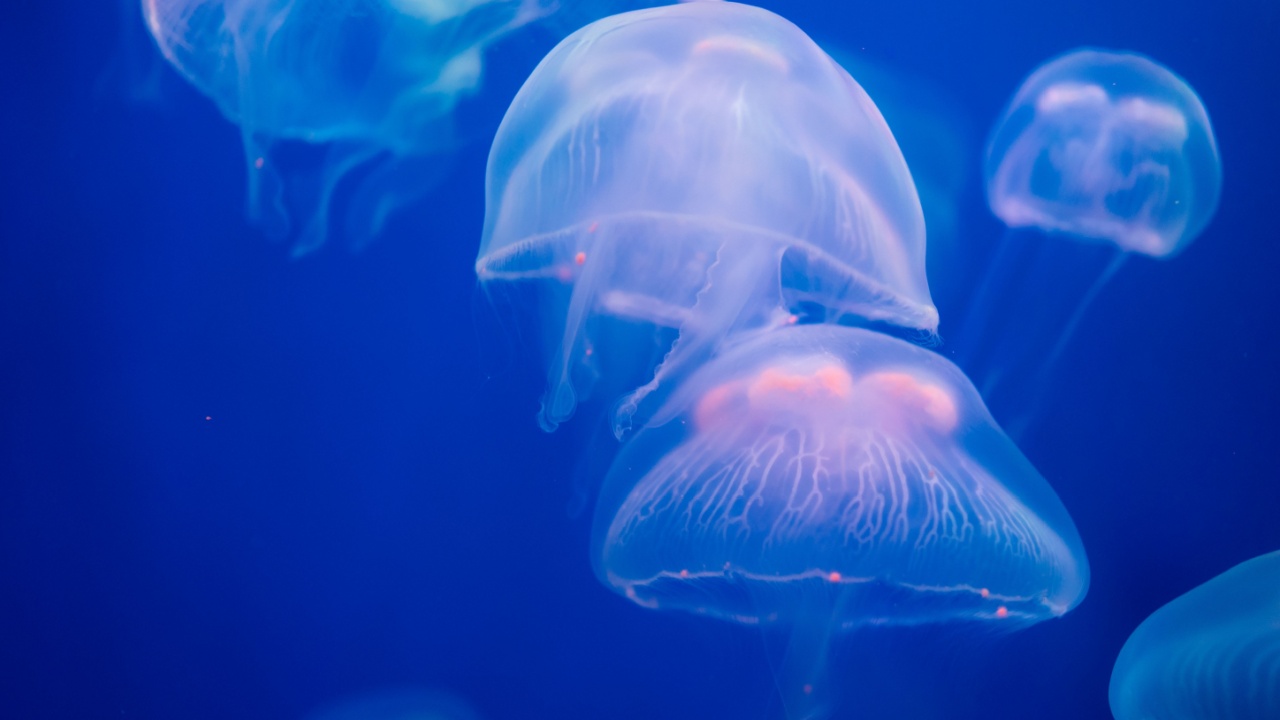
The Turritopsis dohrnii jellyfish can theoretically live forever. This cycle of reverting to a previous life stage in response to stress highlights the incredible adaptability and survival strategies of jellyfish.
20. Koalas’ Human-Like Fingerprints
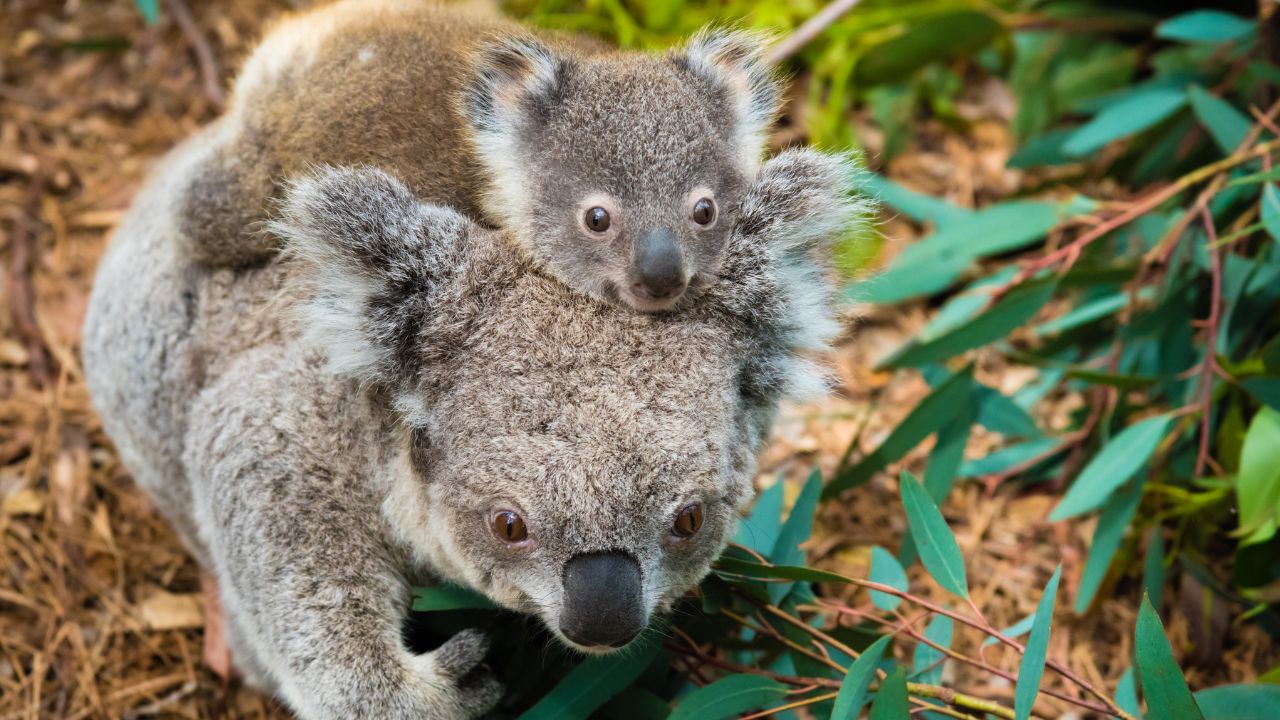
Koalas have fingerprints remarkably similar to humans’. This evolutionary trait may help them grip trees and leaves, illustrating the fascinating convergences in evolution between different species.
Becky is a fervent wildlife enthusiast and pet care expert with a diploma in canine nutrition. Her love for animals stretches beyond the domestic, embracing the wild tapestry of global fauna. With over a decade of experience in animal welfare, Becky lends her expertise to OutlandishOwl through insightful articles, captivating wildlife information, and invaluable guidance on pet nutrition. Her work embodies a deep commitment to understanding the intricate lives of animals and a passion for educating others on sustaining natural habitats. Becky's hands-on conservation efforts and her knack for translating complex dietary science into practical pet feeding tips make her an indispensable voice for creatures great and small.

